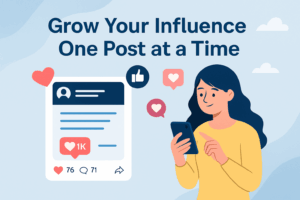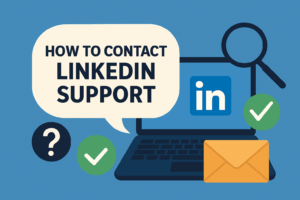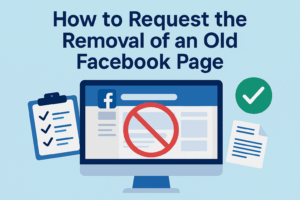
In recent years, the world of social media has seen a shift from static images and text-based posts to more dynamic and interactive content. At the forefront of this evolution is the use of motion graphics. These visually engaging pieces of digital artwork, often combined with audio, tell stories, convey messages, and capture audience attention like never before. Let’s delve into why motion graphics are spearheading the future of social media marketing.
What are Motion Graphics?
At their core, motion graphics are animations with text as a major component, designed to communicate a message seamlessly. They can range from simple animated logos to intricate, story-driven animations.
Here’s Why Motion Graphics are Paving the Way:
Capturing Attention: In the fast-scrolling world of social media, capturing user attention is the primary battle. The dynamic nature of motion graphics makes users stop and watch, giving brands those precious few extra seconds to convey their message.
Conveying Complex Ideas Simply: Whether it’s a new product’s mechanism, a service’s process, or data visualization, motion graphics can distill complex ideas into easy-to-understand visuals.
Adaptable Across Platforms: Whether it’s Instagram’s Stories, Facebook’s Feed, or LinkedIn’s posts, motion graphics can be adapted to fit various platforms and formats.
Boosts Engagement: Videos and animations are more likely to be shared, liked, and commented on than static images or text posts. This increased engagement improves the reach and impact of your brand message.
Enhances Branding: With unique animations, brands can infuse their personality and values into their social media content, helping in building a distinct brand identity.
Evolving with Technology: Augmented reality (AR) and virtual reality (VR) are rapidly becoming mainstream. Motion graphics and animations play a crucial role in these technologies, ensuring that as social media platforms evolve, motion graphics will remain relevant.
Optimized for Mobile Viewing: Most social media consumption happens on mobile devices. Motion graphics are optimized for these smaller screens, ensuring clarity and impact.
Getting Started with Motion Graphics:
Identify Your Message: Before diving into the creation process, it’s essential to pinpoint the message you want to convey. Is it promotional, educational, or purely for entertainment?
Choose the Right Tools: There are various tools available for creating motion graphics, ranging from beginner-friendly platforms to professional software.
Integrate Branding: Ensure your motion graphics align with your brand’s color palette, voice, and overall aesthetic.
Stay Updated with Trends: Motion graphic trends evolve. Keep an eye on what’s popular and trending, but ensure you maintain your unique brand voice.
Measure and Optimize: Use analytics to track the performance of your motion graphics. Which ones get the most engagement? Why? Use these insights to refine your future content.
In Conclusion:
As the digital landscape continues to evolve, brands must adapt to remain relevant and engaging. Motion graphics offer a potent blend of storytelling, art, and technology, making them a formidable tool in the marketer’s arsenal. As they say, a picture is worth a thousand words – but a motion graphic might just be worth a million in the dynamic realm of social media marketing.
Do you have questions on how to best reach your target audience? Do you have a marketing budget but aren’t sure how to allocate those funds for an optimal ROI? Are you in need of an updated website? If you have any questions or need assistance with your marketing efforts, we want to hear from you! Schedule your FREE Consultation to find out how we may be able to help take your business to the next level.
“The secret to getting ahead is getting started.” – Mark Twain




